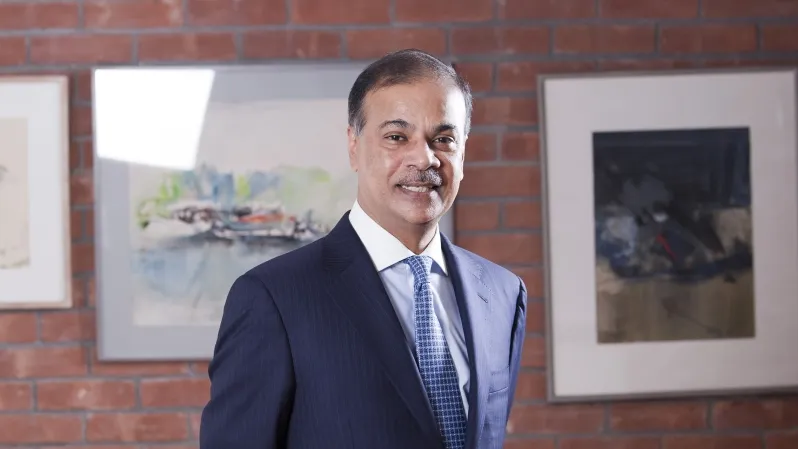
Summit Power International provides vital LNG support to Bangladesh
Without cross-border electricity supply, LNG is needed by a country facing geographical constraints to deploy renewables.
Bangladesh, a country with a small land mass and a dense population of approximately 170 million, struggles with deploying renewable sources due to scarcity of available land for development, and lack of strong irradiance and wind to generate electricity.
As such, liquefied natural gas (LNG) will be key in driving the country’s energy transition and security as its accessible gas reserve dwindles.
To support the drive for LNG adoption, Summit Power International, the largest independent power producer in Bangladesh which accounts for 17% of the private installed capacity and 7% of the country’s total capacity, operates the second floating storage regasification unit (FSRU) for LNG with a storage capacity of 138,000 cubic metres and regasification capacity of 500 million cubic feet per day.
In an interview with Asian Power, Muhammed Aziz Khan, PBM, founder and chairman of Summit Power International, stressed that LNG is a transitional fuel.
“LNG fortunately has come at a time when Bangladesh’s almost double-digit growth is requiring a lot of energy,” said Khan. “LNG will play a major part as we try to move towards more climate-friendly energy like solar, offshore wind, cross-border electricity or nuclear.”
At present, Summit Power is also developing the company’s second and Bangladesh’s third FSRU, which is expected to begin construction in 2025.
Given the company’s ownership and operation of 2,255 megawatts of power stations across 18 plants, Khan carries much optimism with Summit Power’s progress towards cleaner energy in this interview.
How vital would you say is the role of liquefied natural gas for Bangladesh’s energy transition?
[LNG] is a transitional fuel. Bangladesh requires a lot of energy and natural gas continues to be its main energy source. Therefore, the gas pipeline and other supporting infrastructure are already existing. People also know how to manage natural gas. LNG, fortunately, has come at a time when Bangladesh’s almost double-digit growth is requiring a lot of energy. LNG will play a major part as we try to move towards more climate-friendly energy like solar, offshore wind, cross-border electricity or nuclear.
How important is LNG for Summit Power as the largest IPP in Bangladesh?
For Bangladesh’s operations, LNG is vital at this point. The country has been facing a severe shortage of natural gas as we were constrained and unable to [purchase] LNG when it hit $25 to $30 per metric million British thermal units (MMBtu) in 2022. It is currently at a more reasonable rate of about $10-$12 per MMBtu, enabling Bangladesh to restart LNG imports.
During the first six months of 2023, Bangladesh imported about 12 cargoes from the spot market. This year, it is projected to be about 25 cargoes along with the long-term contracts that Bangladesh has. This helps to provide ample LNG to generate electricity. The people of Bangladesh know how to use natural gas as we have domestic gas production of about 2,500 Million cubic feet per day (MMcf/d).
The gas supply can be further augmented if we can provide for the enhancement of imported LNG and the exploration of new offshore gas resources. Many companies are working towards that along with the Government of Bangladesh. I hope that we get some natural gas from there as well so that the combination of imported natural gas LNG and domestically produced natural gas is balanced and the people of Bangladesh can afford the per MMBtu cost.
Whilst LNG is important for Bangladesh, there are claims that the resource is not as effective as a bridging fuel for energy transition. What is your view on this?
They should take the global perspective keeping in mind that we have a global supply of about 25,000 terawatts of global electricity and a demand of about 75,000 terawatts of global electricity. How can we proceed towards that with the intermittency of the solar and wind? We have to be pragmatic.
We cannot allow poverty to continue to remain in Asia, Africa, South America and other countries. We will have social unrest, as we have seen in many places. Because of a lack of energy, they cannot produce, industry is suffering, and industrialisation and GDP growth have been hampered. So we have to take a holistic view of the economy as well as politics, and people’s aspirations. Meeting the aspirations of almost 8 billion people to improve their lives requires energy.
The carbon dioxide output that comes from LNG has to be decreased. Carbon sequestering must be enhanced. But to say that we will not use LNG or natural gas is stopping the development of underdeveloped countries.
Please share with us how the company performed in 2023 and the challenges it needed to overcome.
In 2023, we concluded two agreements for the supply of 1.5 million tonnes of LNG per annum to Bangladesh and for the development of a floating storage regasification unit of 600 million cubic feet per day guaranteed send-out capacity.
The challenges were global, as we saw more wars in the world diverting our attention from climate change, which is the biggest problem in the world. The empowerment of the poor people and energy have not been looked into as it should have been during 2023.
It’s challenging because Bangladesh, with its 170 million people, requires a lot of electricity. Currently, its per capita income is one of the lowest and we need to enhance it at a reasonable cost price.
So, we are happy to see that LNG prices are coming down to a more realistic level. But in 2023, because of the focus of the world moving towards the Ukraine-Russia war and then subsequently to the Middle East wars, there have been challenges, alongside the rapid increase of interest rates. We have been able to manage during this tough period because of the substantial financial resources that our companies have gradually built up over the years.
Several Summit Power power plants run on heavy fuel oil. What initiatives are you taking for the energy transition?
I feel that cross-border electricity for green energy is a necessity. In Bangladesh, we can access electricity from the Himalayas’ hydroelectricity.
We’re working with Denmark's [Copenhagen Offshore Partners] to develop 500 megawatts of offshore wind farm in Bangladesh. Also, we are working towards supplying solar power to hard-to-reach villages, where there is no electricity at the moment, in order to provide marginalised people with electricity, more as a corporate social responsibility (CSR) initiative than as a commercial venture.
Having said that, the huge enhancement would have to come from the cross-border import of green energy, as well as nuclear, if we want to become fully green. The round-the-clock electricity or the intermittency of weather for solar has to be addressed in some way. That intermittency can be resolved through nuclear power, such as small modular reactors. That is where we need to focus. Unfortunately, I haven’t seen that focus.
What is the current renewable energy landscape in Bangladesh?
Bangladesh has renewable energy potential. It has the largest river delta and receives the highest amount of water flowing to the Bay of Bengal. With these water resources, the country produces 44 million tonnes of rice in its fertile land and four million tonnes of freshwater fish. That is the energy that Bangladeshis have.
Having said that, the country’s electricity generation capacity or other energy sources is rather less because it’s a country with limited land mass. It’s a 55,000-square-mile country with a dense population of 170 million, one of the most densely populated large countries in the world. Where do we have the land to lay out solar? The irradiance of the sun is also limited during winter and monsoon season. The country’s wind resources are also limited.
Our opportunity is here by the side of the Himalayas. We are one of the lower riparian countries with at least 10 rivers that originate from the Himalayas. If these upper and lower riparian countries, people, politicians, [and] leaders can come to an understanding on collectively harvesting hydroelectricity, then that would be a great enabler for the entire Indian subcontinent.
How is Summit Power Group doing with its $3 billion investment in clean energy projects in South Asia?
We are very happy that the new government of Bangladesh has been formed after the recent national election, with the same Honourable Prime Minister Sheikh Hasina as well as the same state minister, Mr. Nasrul Hamid. India is scheduled to have national elections soon. So, once the elections are over, we will have leaders with fresh five-year terms in these 2 countries to push through the policies It is at that time that we want to move very aggressively to implement this cross-border electricity.
At this point, we are working with Denmark's COP and having MOUs (agreements) with some Indian companies to explore collaboration with key government stakeholders, such as the Indian federal government, the Indian states bordering Bangladesh as well as the Bangladesh government, in order for us to develop the substantial solar and wind energy resources available in India and bring them into Bangladesh. Along with that, we are in discussion to find out how to make this electricity supply “round-the-clock” through the development of battery storage capacity.
At this moment, we envisage that our first project shall be the development of 500-megawatt solar along with hydroelectricity with round-the-clock capability, expandable to 1,000 megawatts transmitted through transmission lines that we will build ourselves connecting Bhutan, India and Bangladesh. That would require transmission lines of approximately 700 kilometres.
What other projects can we expect from Summit Power?
We look forward to being able to empower Bangladesh and provide energy. The onshore LNG terminal has made significant progress as everybody has come to the conclusion that it has to be built in already-existing developed land. So, we believe that by this year, we can expect to see awards by the Bangladesh government and by 2027 or 2028, hopefully, the onshore terminal will be in place. Our company is one of the companies that has been selected to bid in the process. In partnership with JERA and Sumitomo, we are working towards winning the award for that project.
But before that, Summit’s second FSRU in the country is expected to start operations in 2026 with a 600-million-cubic-feet per day guaranteed send-out capacity.

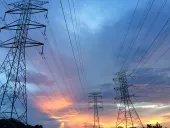
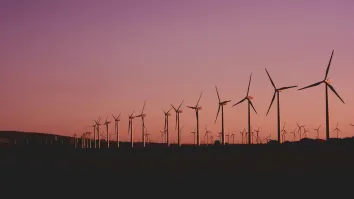
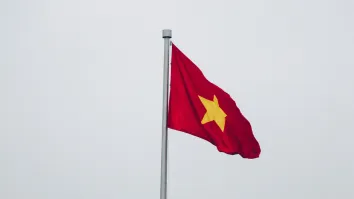
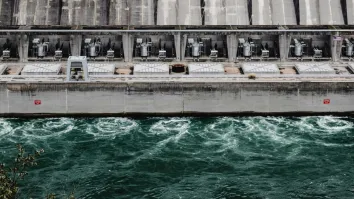
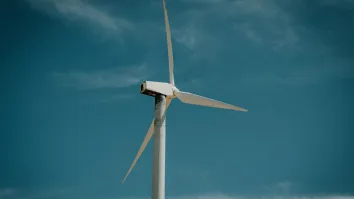













 Advertise
Advertise






